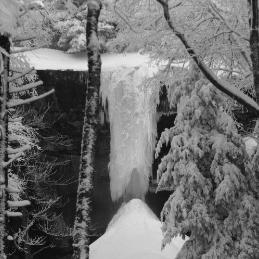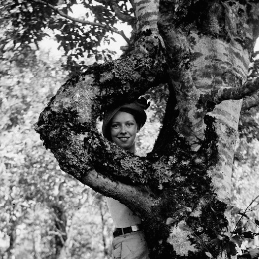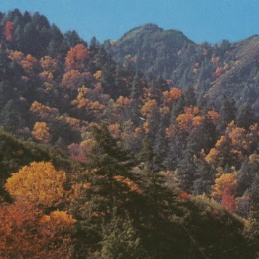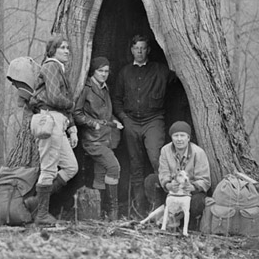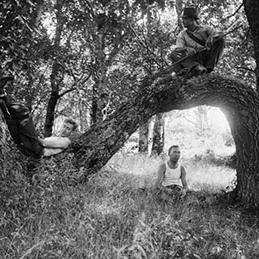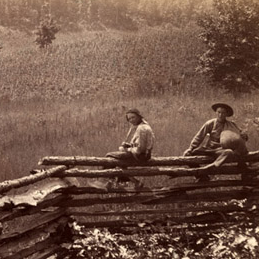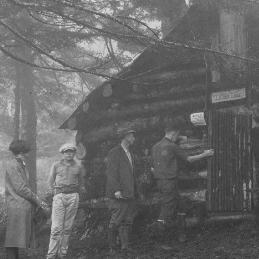Browse
Export 87 results:
Filters: Keyword is Trees -- Diseases and pests [Clear All Filters]
Detection and Evaluation of Southern Pine Beetle Infestations on the Great Smoky Mountains National Park. Asheville, NC: U.S. Forest Service, 1968.
Dogwood Mortality Meeting. Asheville, North Carolina: United States Department of Agriculture , 1988.
The Effect of the Southern Pine Beetle on Fuel Loading in Yellow Pine Forests of Great Smoky Mountains National Park In Research/Resources Management Report. Gatlinburg, TN: U.S. Department of the Interior, National Park Service, 1984.
Evaluation of Elm Spanworm Infestations in the Southern Appalachian Mountains During 1964. Asheville, NC: U.S. Forest Service, 1964.
An Evaluation of Southern Pine Beetle Infestations on the Great Smoky Mountains National Park. Asheville, NC: U.S. Forest Service, 1971.
Evaluation of the 1963 Elm Spanworm Control Project Nantahla National Froest and Great Smoky Mountains National Park. Atlanta, Georgia: U.S. Forest Service, 1963.
Location of Areas Within Great Smoky Mountains National Park With A High Dominance of Chestnut During the 1930s and Therefore A High Probability of Present Day Chestnut Regeneration In Technical Report to Fullfill Part of Cooperative Agreement CA-5460-5-8804. Knoxville, TN: University of Tennessee, 1987.
Old Growth Project: Stand Delineation and Disturbance Rating Great Smoky Mountains National Park In Technical Report NPS/ SERGRSM/ NRTR. Gatlinburg, TN: National Park Service, 1994.
Progress Report: Evaluation of Laricobius Pilot Test, 1963. Asheville, NC: U.S. Department of Agriculture, Forest Service, 1963.
Return of the American Chestnut to the North American Landscape. Knoxville, TN: University of Tennessee, 1989.
Some Thoughts and Field Observations Regarding Quercus/Castanea Forests of the Great Smoky Mountains National Park. Resources Management and Science, Great Smoky Mountain National Park, 1995.
The Status of the Balsam Woolly Aphid in North Carolina and Tennessee. Asheville, NC: U.S. Forest Service, 1963.
Status of the Balsam Woolly Aphid in the Great Smoky Mountains National Park --- 1976 In Management Report. Gatlinburg, TN: Uplands Field Research Laboratory, 1976.
Survey of Flowering American Chestnut in the Great Smoky Mountains National Park. Great Smoky Mountain National Park, 2003.
The Tsuga Search Project: Documenting and Preserving Superlative Eastern Hemlock. Eastern Native Tree Society, 2007.
White Pine Blisters Rust Control Work in the Great Smoky Mountains National Park In Work Project., 1946.
Arthropods Associated with Leaf Litter of Fraser fir in the Great Smoky Mountains National Park. Knoxville, TN: University of Tennessee, 1993.
Assessment of Factors Affecting Establishment of Biological Control Agents of Hemlock Woolly Adelgid on Eastern Hemlock in the Great Smoky Mountains National Park. Knoxville, TN: University of Tennessee, 2013.
Benefits and risks of imidacloprid-based management programs for hemlock woolly adelgid. In Entomology and Plant Pathology. Vol. Doctor of Philosophy. Knoxville, Tennessee: University of Tennessee, 2016.
Coarse Woody Debris and Nutrient Dynamics in a Southern Appalachian Spruce-Fir Forest. Vol. Master of Science. Knoxville, Tenn.: The University of Tennessee, 2000.
Composition and Structure of Replacement Forest Stands Following Southern Pine Beatle Infestations as Relating to Selected Site Variables in the Great Smoky Mountains. Knoxville, TN: University of Tennessee, 1978.
Determination and Compatibility of Putatively Hypovirulent and Virulent Isolates of Cryphonectria parasitica Collected from the Great Smoky Mountains National Park. Starkville, MS: Mississippi State University, 2008.
Distribution and Characteristics of Balsam Woolly Aphid Infestation in the Great Smoky Mountains In Forestry. Knoxville, TN: University of Tennessee, 1978.
Diversity of Arthropods on Dogwoods in Forest and Nursery Environments. Knoxville, TN: University of Tennessee, 1995.



